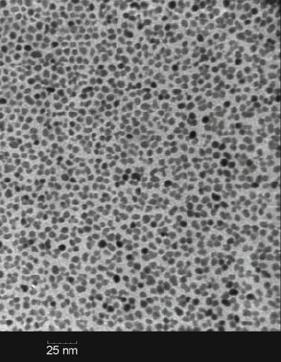General Information about Indium Tin Oxide

Indium Tin Oxide (ITO) is a ternary composition of indium, tin and oxygen in varying proportions. Depending on the oxygen content, it can either be described as a ceramic or alloy. Indium Tin Oxide is transparent and colorless in thin layers, while in bulk form it is yellowish to grey.
Indium Tin Oxide Nanoparticles/Nanopowder and Application Areas

Indium Tin Oxide nanoparticles/nanopowder are used in high-end electronics if you need unique conductivity and transparency. In battery inhibitors Indium Tin Oxide nanoparticles/nanopowder are also used. Another equipment where Indium Tin Oxide nanoparticles/nanopowder are used in LCD panels. There are some researches about using Indium Tin Oxide in numerous touch screen technologies. In energy sector Indium Tin Oxide nanoparticles/ nanopowder play an important role for photovoltaic solar cells. Indium Tin oxide nanoparticles/nanopowder can be used in transparent electric conductive materials such as conductive glue. Indium Tin Oxide nanoparticles/ nanopowder are excellent anti-radiation materials. So these nanoparticles/nanopowder can be used for infrared ray protection.
Technical Properties of Our ITO (Indium Tin Oxide) Nanoparticles/Nanopowder, 90:10, 99.999+%, 18-65 nm Product
| Purity % | 99.999 |
| Bulk Density (g/cm3): | 0.85 |
| True Density (g/cm3): | .7.20 |
| Color | yellowish green |
| AVERAGE PARTICLE SIZE (nm): | 18-65 |
| SPECIFIC SURFACE AREA (m2/g): | 40 |
| Morphology | irregular |
| Making Method | chemical precipitation |
You may give an order of ITO (Indium Tin Oxide) Nanoparticles/Nanopowder, 90:10, 99.999+%, 18-65nm from the link given below:
Comments
Post a Comment